Stellaris vs. Galactic Civilizations III: Which is the better 4X strategy PC game?
To Stellaris or Gal Civ, that is the question.
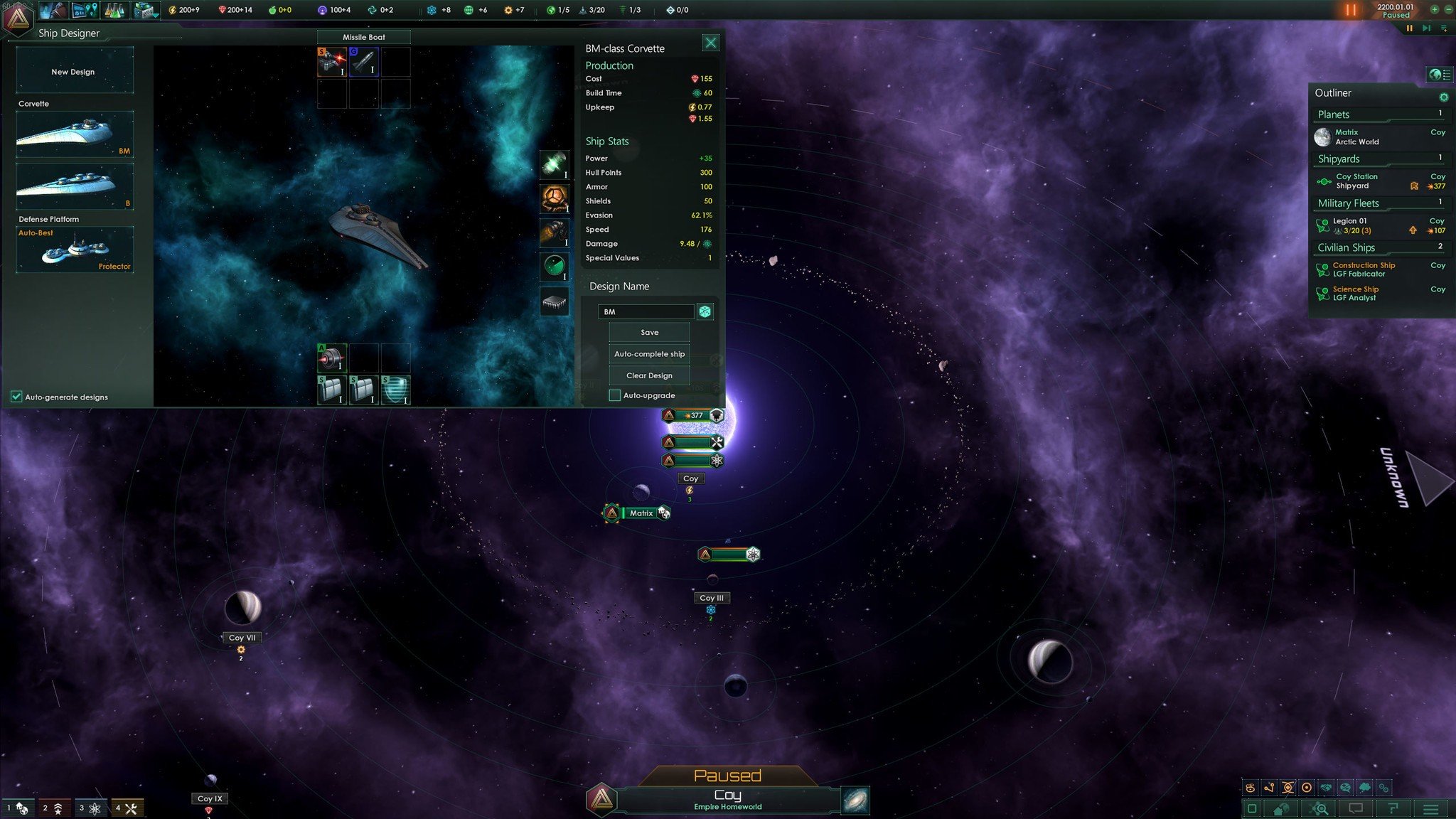
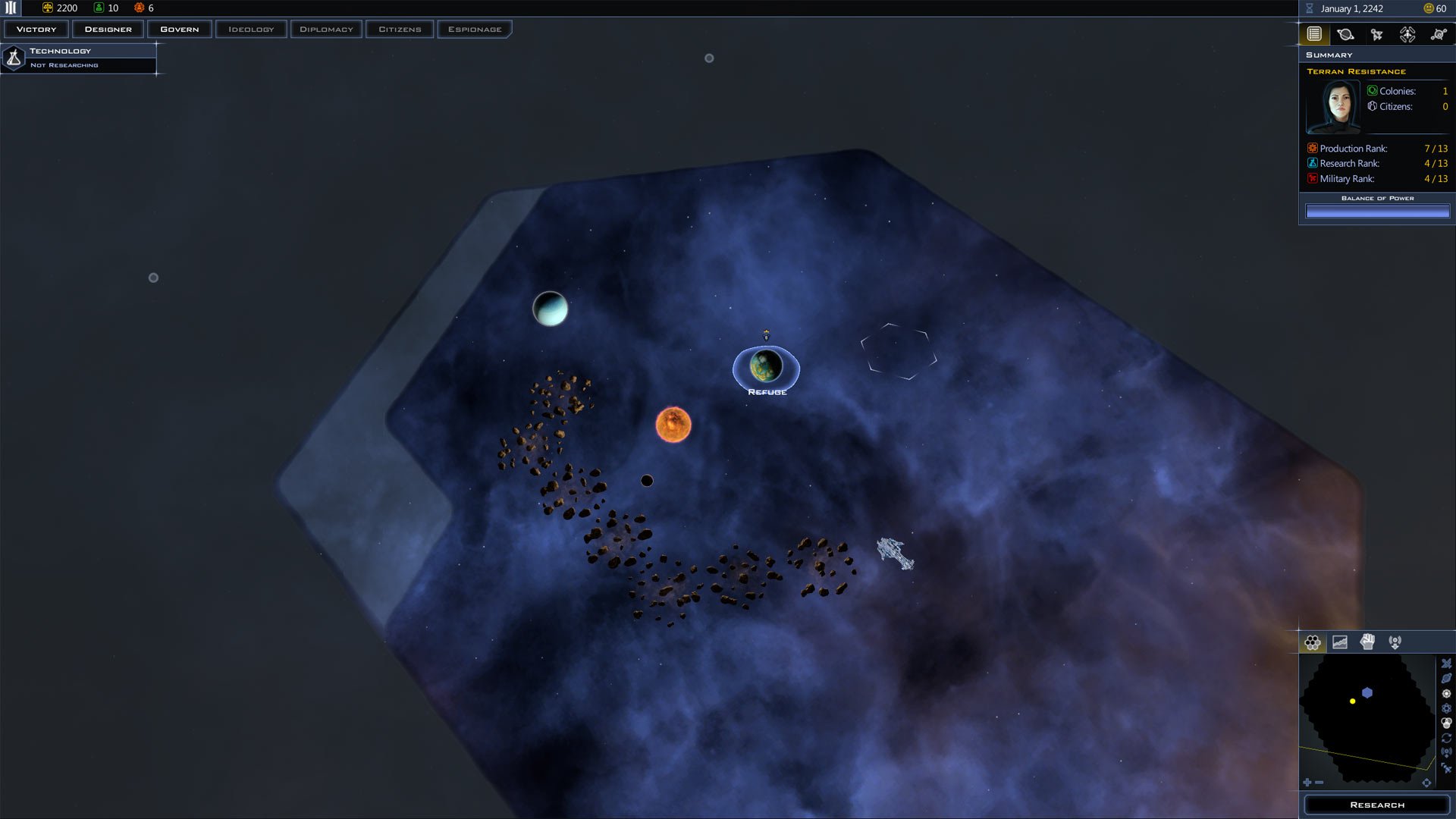
Fans of sci-fi strategy games are spoilt for choice, and two big names in the genre are Stellaris and Galactic Civilizations III. The former is the first release for Paradox Interactive, while Galactic Civilizations has been around for years and this is currently the third installation from Stardock. The question boils down to "what are the differences between the two, and which (if any) is the better choice?"
I'm going to run through the pros and cons of each title, should you be a newcomer to both games, and hopefully the choice will be made a little bit easier after you're done.
Stellaris
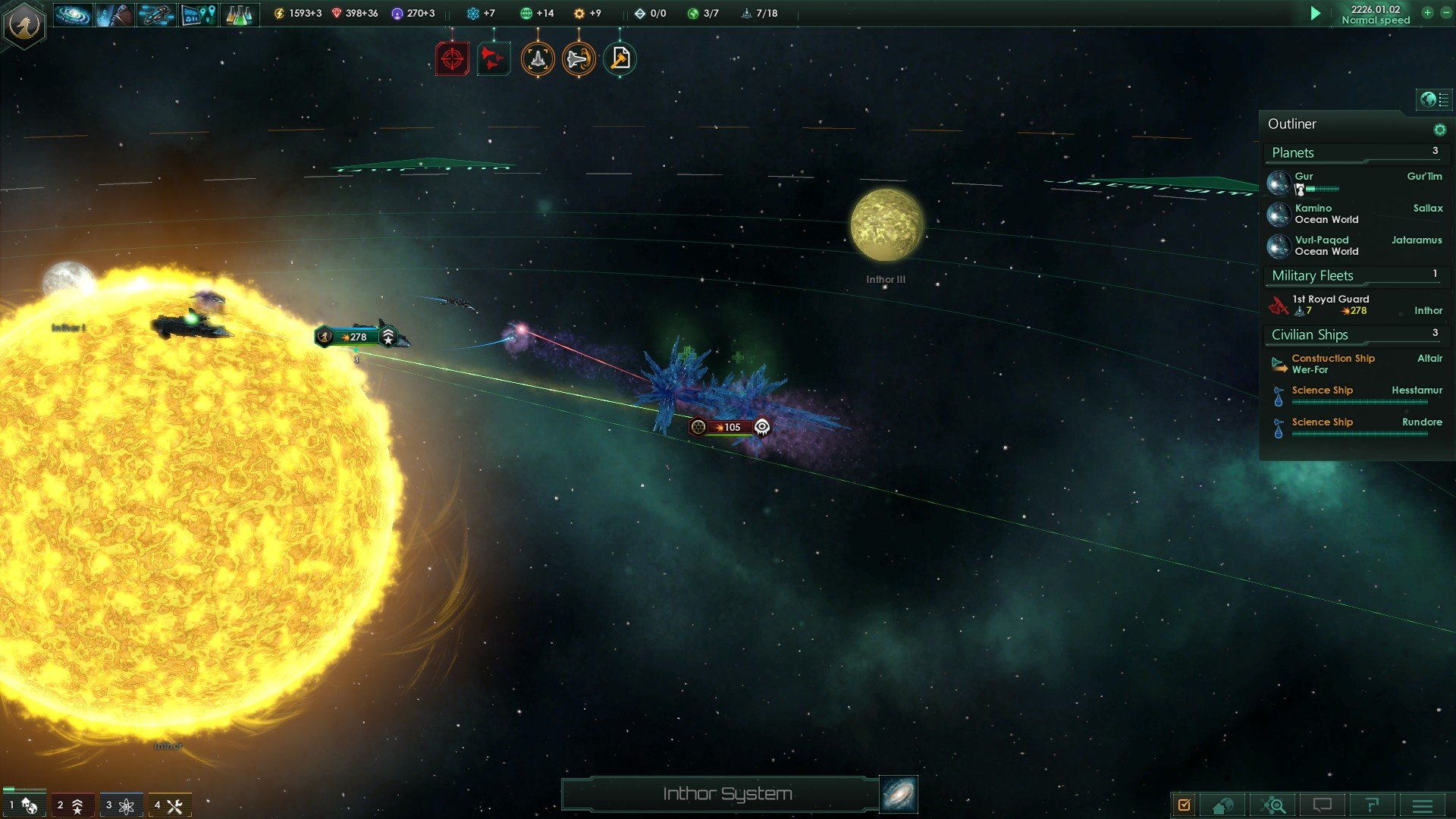
Stellaris is the first space strategy game from Paradox that takes the 4X formula and injects some story elements to the experience. Released in 2016, there are a number of expansions available for the game, and it has gone through many patches to fine-tune the experience. It's currently available for $15.99.
Exploring the stars
One part of Stellaris that is reviewed favorably by critics and players alike is the early game. Paradox and its development studio have managed to create various mechanics that work together to make you feel as though you truly are exploring space for the first time. There are events that can occur, requiring you to make decisions, explore unknown territory, or embark on incredibly dangerous expeditions.
It doesn't take long to meet and greet other species who will befriend or declare war on you, depending on how they view your seemingly pathetic existence. Everything is presented in an efficient UI that provides all the information you need without cluttering the screen. Gameplay and simulated battles are handled in real-time, leaving you no choice but to pause the game if you need a minute to think.
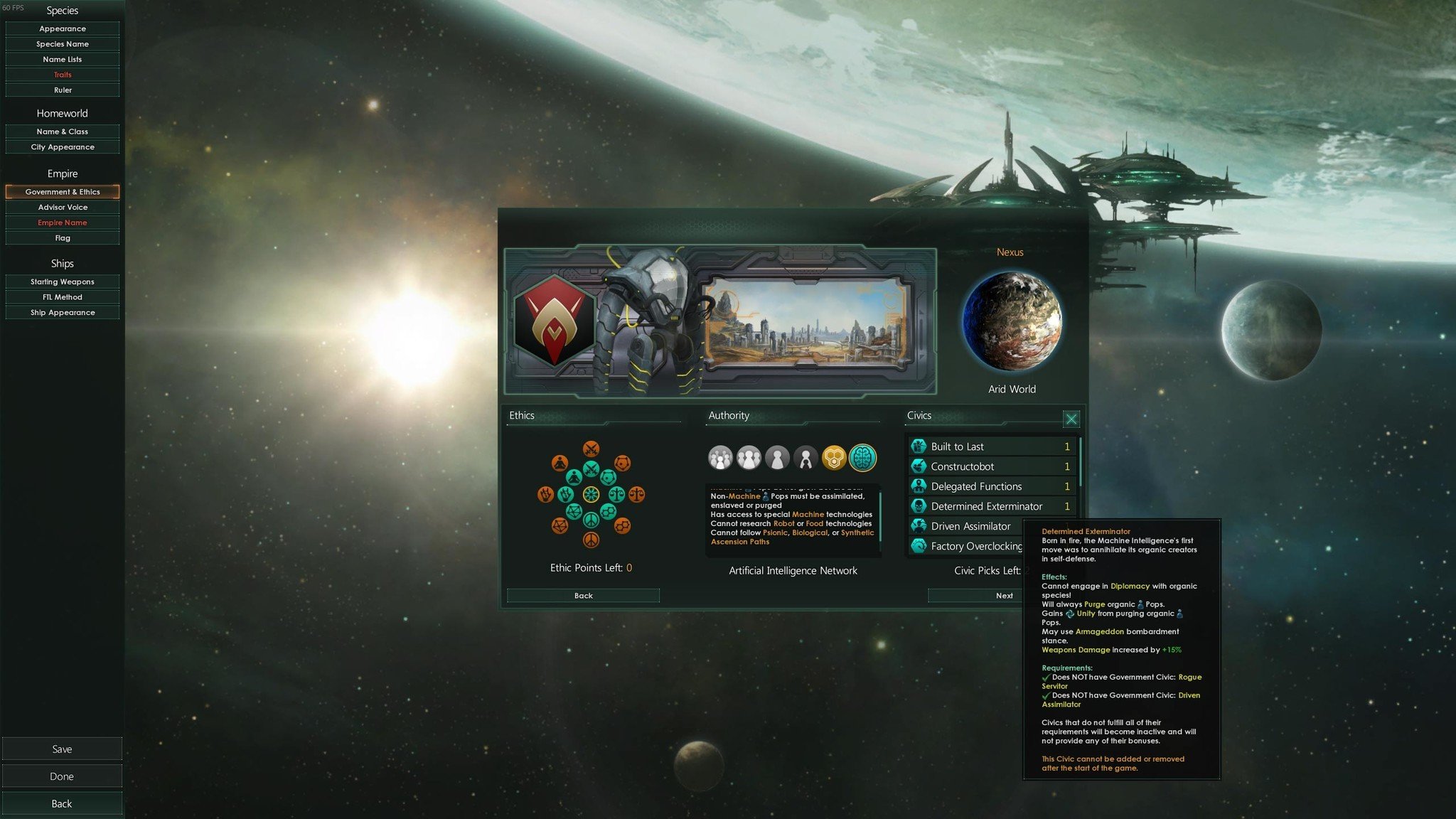
Not only do you have the ability to design ships, but also manage planets, form governments, create alliances, become ascendants, and work with others in surviving against foes and potential crises. Stellaris is a game that allows you to go a little deep but keeps everything user-friendly to allow those new to the 4X and strategy genres to feel right at home without getting utterly destroyed.
Dealing with 'doomstacks'
An issue that plagued Stellaris from the beginning was its doomstacks, which essentially saw every player (or AI) place every ship they owned into a single fleet. The community refers to the phenomenon as a "doomstack," and wars quickly developed into attempting to avoid the other doomstacks with your own, bypass defenses and lay siege to planets. Rinse and repeat.
Get the Windows Central Newsletter
All the latest news, reviews, and guides for Windows and Xbox diehards.
Later patches have resolved this issue, but it's still a minor complaint, as is the way the developers removed two of the three forms of travel, wormholes and warp drives. Initially, it was possible to have species rocking different methods of moving between stars, but now everyone is restricted to hyperplanes. This makes it easier to defend against attacks (and manage choke points), as well as make the game more efficient in the late game, but does limit what players can do.
There's also the fact that unlike Galactic Civilizations III, a playthrough of Stellaris usually grinds to just shy of a halt in the mid to early late game. And once you've played a number of games, you can nail down a strategy that works most times and sets you up for greatness. But Paradox has been working hard at rolling out DLC that addresses some of the mid-game problems, and what all this has resulted in is one of the most excellent 4X games around.
Galactic Civilizations III
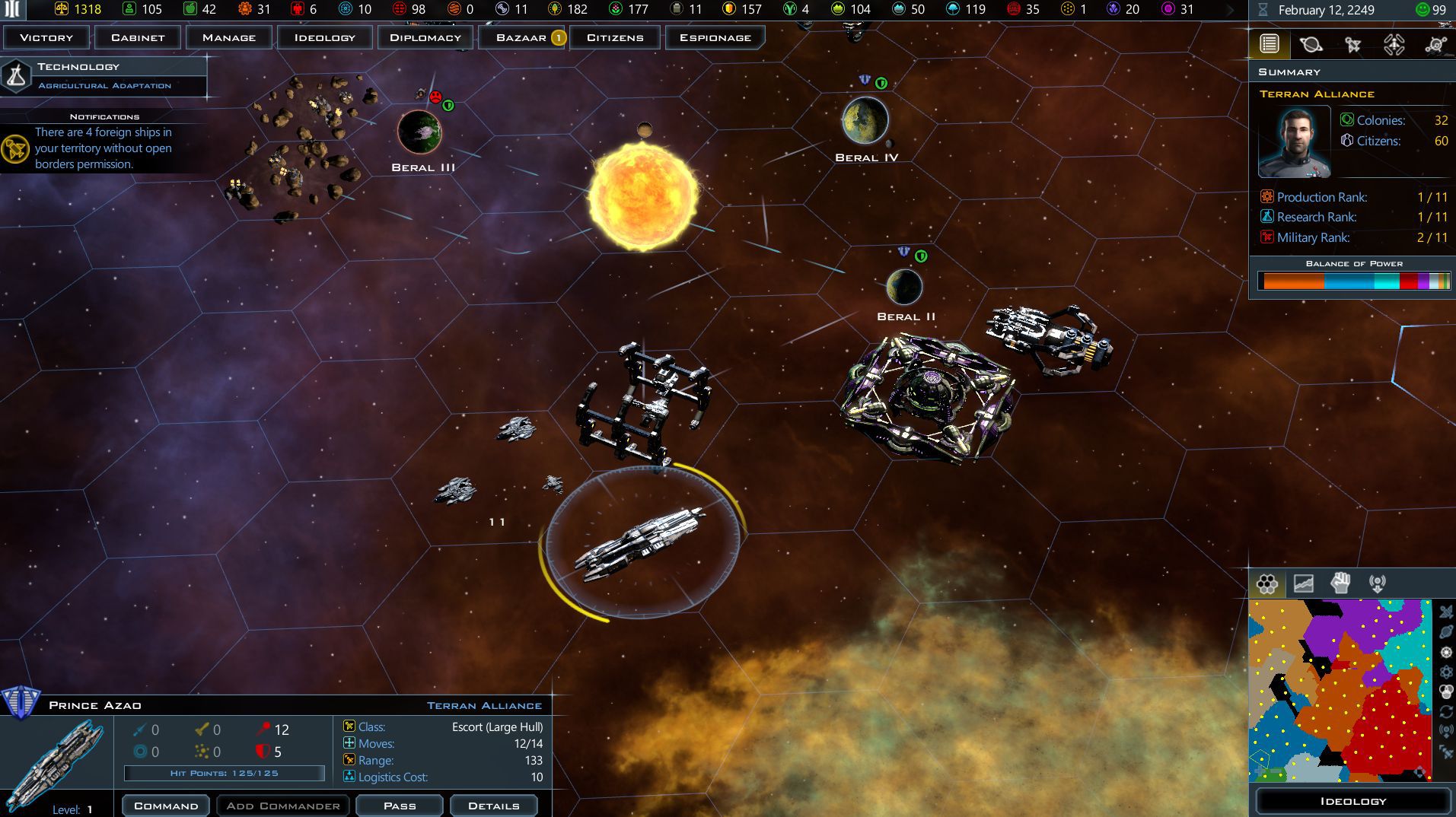
Galactic Civilizations, as a series, has been around for ages. Stardock released the first installment in 2003, and the latest release hit Steam in 2015. Galactic Civilizations III is currently listed on Steam for around $14.
Limitless navigation
The most notable difference between Gal Civ III and Stellaris is Stardock opted for turn-based gameplay, which was the norm back when the first game was rolled out. Think Sid Meier's Civilizations, but set in space. While both games are vastly different in terms of UI design and mechanics, they share various systems, including simulated combat, diplomacy, alliances, planet management, governments, random events, and more.
How Gal Civ III differs is by allowing the player to move anywhere in space, which is restricted only by the distance your ships can travel — increased by expanding borders, researching new modules, and other means. There are no set methods of travel, and you simply use movement points up and hit end turn. It's an even playfield and allows for some smart tactics to be employed. Just like Stellaris and previous Gal Civ games, Stardock has steadily released DLC to add new features.
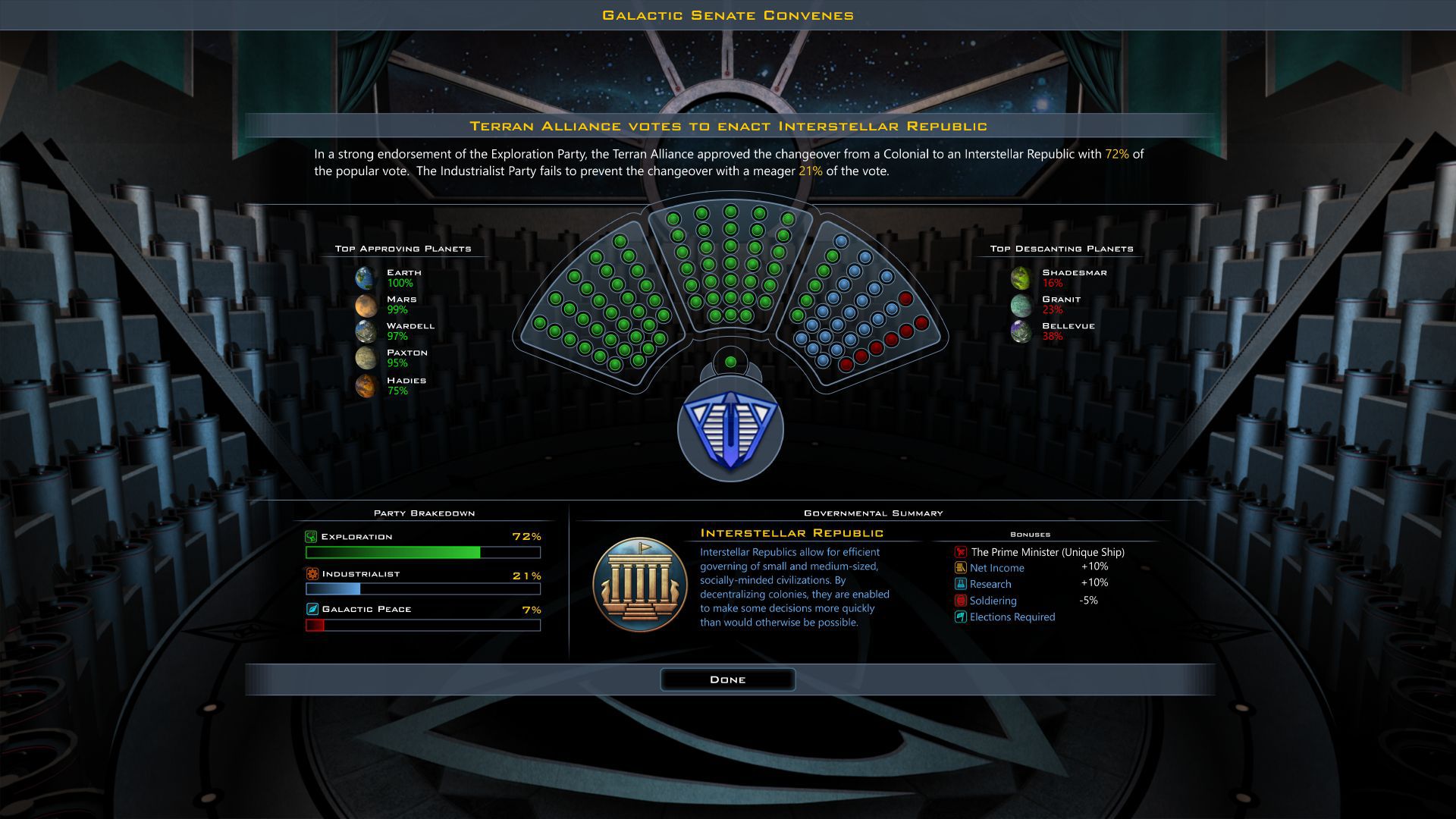
If it's story and the creation of a journey you prefer, Stellaris has the early game nailed, hands-down, but Gal Civ does something better than Paradox's game: strategy. Gal Civ takes the 4X (eXplore, eXpand, eXploit, and eXterminate) seriously and the whole game is built around exploring the universe, expanding your empire, exploiting recourses and diplomatic relations, and exterminating anyone who dares stand in your way.
Later patches for Gal Civ III has made quite the effort to bring a storytelling experience to the start of each playthrough, especially with how planet management is now handled. Stardock is attempting to simulate how humanity today would feel moving to a new planet and forming local representation. It's a different approach than Paradox but works well enough. There's also the sheer depth you can enter with Gal Civ III. The ship designer alone is worth a 1,000 words and that would only provide an overview.
Just one more turn
An issue many had with the release of Gal Civ III is the step back it was to its predecessor. There wasn't anything significant added, but much was missing. This was later fixed in DLC and whatnot, but it did leave a sour taste in the mouth of community members who felt as though they had to buy more content to have features re-added to their favorite space strategy experience. I would also count the UI as a flaw until Stardock finally changed it and removed all the bloated glass effects. It's now vastly more streamlined.
It can be a little confusing for new players to figure out what's going on with planets, and that ship designer will cause more than a few headaches, but once you've mastered the basics — and purchased necessary DLC to add content that really should have been in the base game — you have an exquisite 4X turn-based strategy experience.
Start a new game

The choice is yours as both games are excellent strategy masterpieces. You can lose hundreds of hours with either title, and both deserve your attention. This leads me to my conclusion: buy both when you can. Start with the one that interests you most with how I've presented the unique gameplay features and design choices, then pick up the one you left behind at a later date or when it's on sale.
Choose Stellaris for the great early game of exploration, and Galactic Civilizations III for the strategy. Oh, and don't overlook Endless Space 2, which has one of the best UI designs I've seen, and is a stellar (pun intended) 4X space game. But what say you? Do you prefer Stellaris or Galactic Civilizations?

Rich Edmonds was formerly a Senior Editor of PC hardware at Windows Central, covering everything related to PC components and NAS. He's been involved in technology for more than a decade and knows a thing or two about the magic inside a PC chassis. You can follow him on Twitter at @RichEdmonds.
